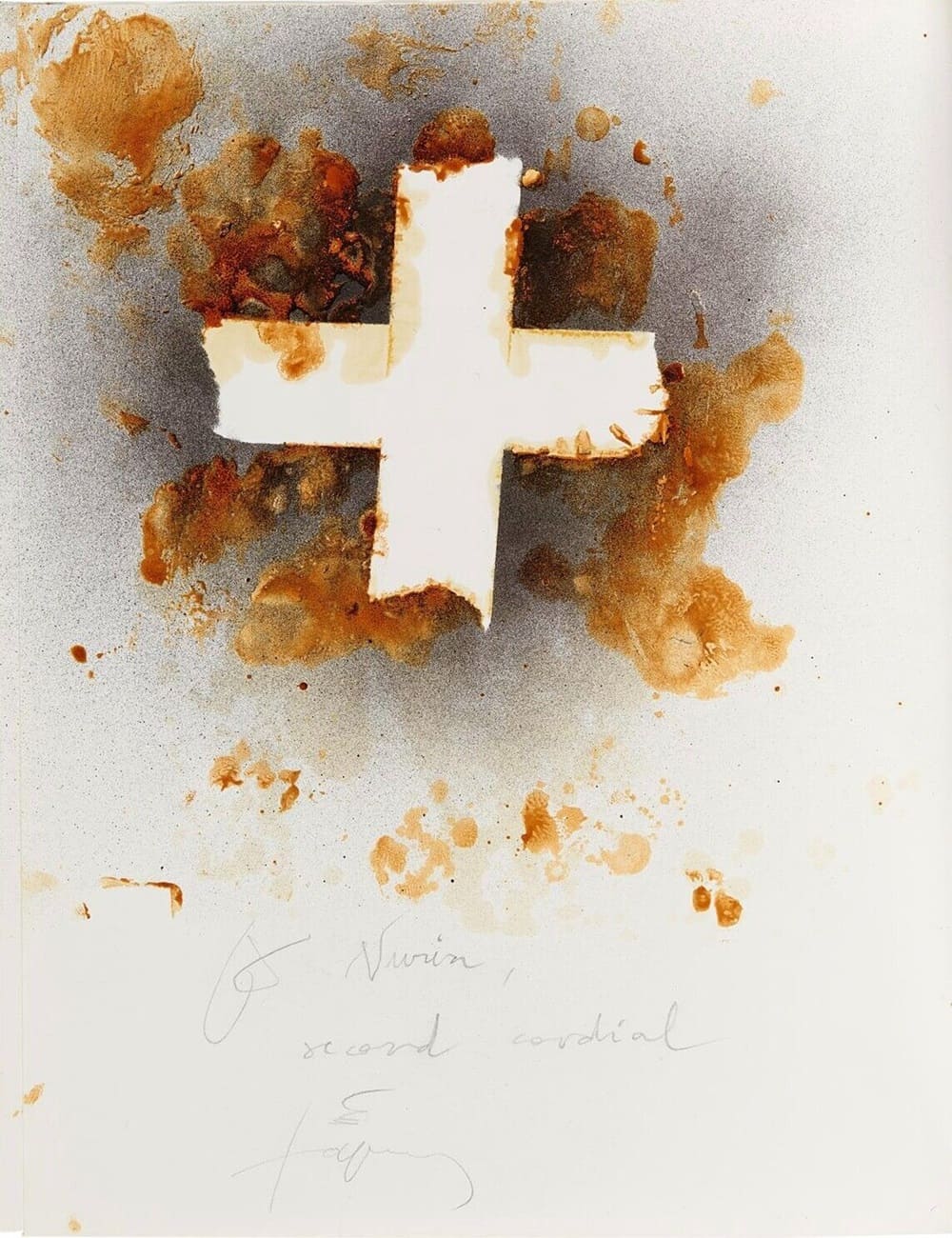Antoni Tàpies Puig was born in Barcelona on 13 December 1923. Tàpies grew up in an environment where he was exposed to a variety of cultural and social experiences of leaders in the Catalan public life and its republicanism. His maternal grandmother also exposed him to this world with her great involvement in civil and political activities.
Tàpies was first introduced to modern art as he entered secondary school in 1934. He became inspired by famous Christmas issue of the magazine, D’ací i d’allà, which contained reproductions of works by artists such as Marcel Duchamp, Georges Braque, Wassily Kandinsky and Pablo Picasso. At 17, Tàpies suffered a near-fatal heart attack caused by tuberculosis. He spent two years as a convalescent in the mountains, reading widely and pursuing an interest in art that had already expressed itself when he was in his early teens.
In 1945 Tàpies began experimenting with materials. At this time he also became increasingly interested in philosophy, especially that of Jean-Paul Sartre as well as Eastern thought. He became known as one of Spain’s most renowned artists in the second half of the 20th century. His abstract art and other avant-garde works were displayed in many major museums all over the world. In 1954, Tàpies married Teresa Barba Fabregas. Together, they had three children Antoni, Miguel and Clara. He lived mainly in Barcelona. Tàpies died on 6 February 2012.



